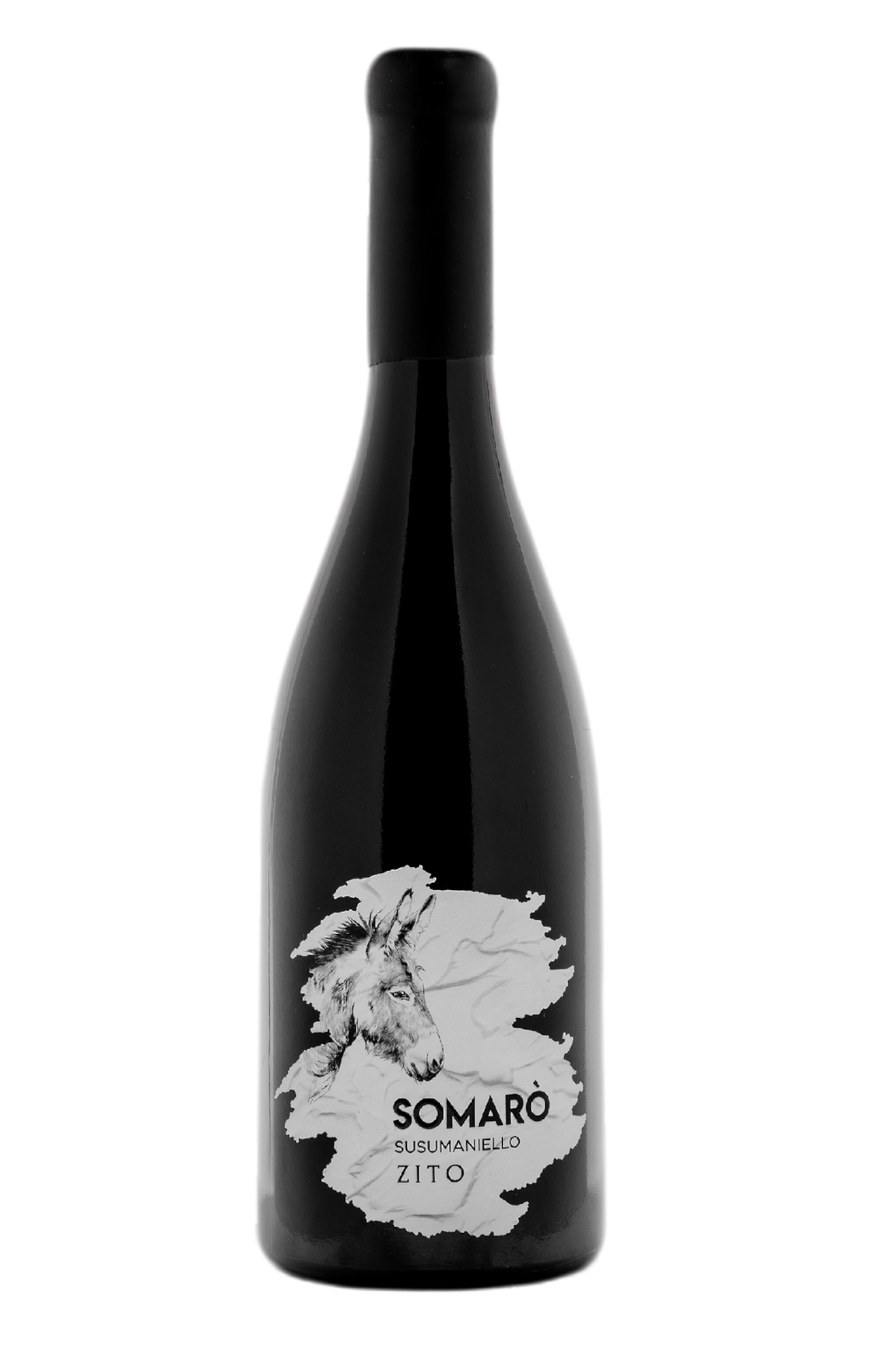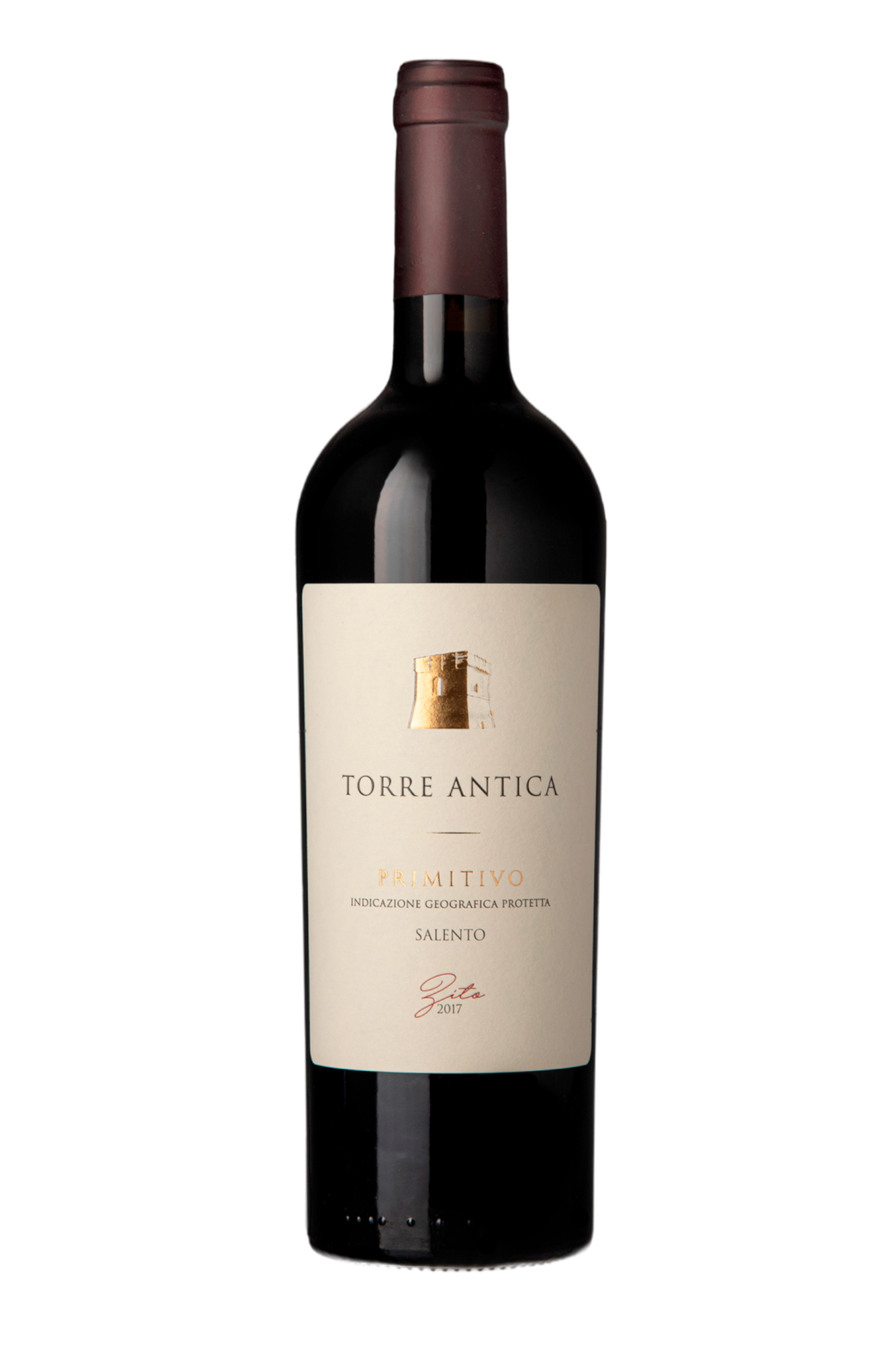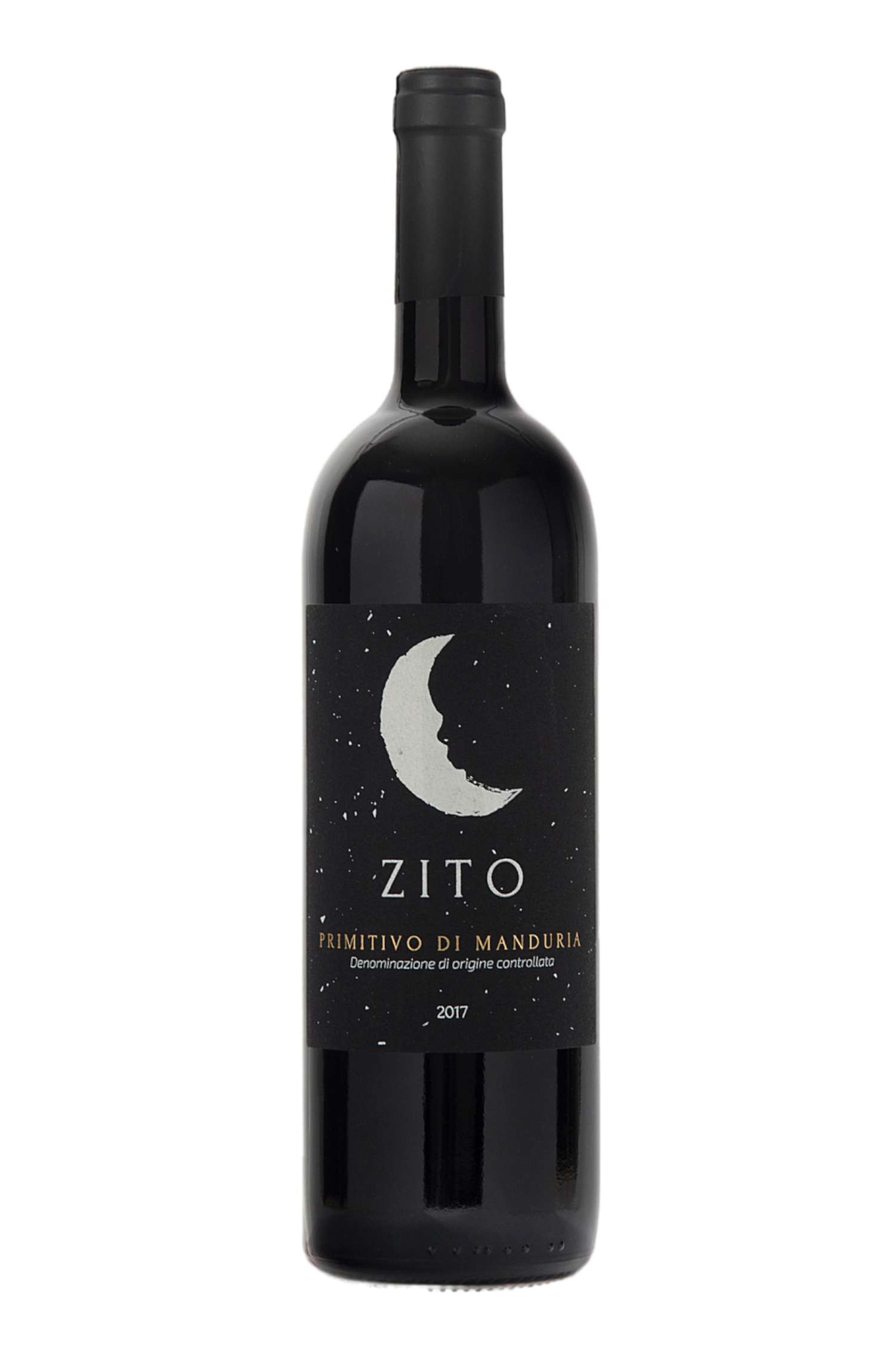Susumaniello Zito is a deep ruby red with inky highlights. An opulent nose exhibits fruity aromas of red berries, cassis, blueberry, raspberry and black pepper. Its dynamic initial flavour settles into a mellow, enveloping mouthfeel with smooth, balanced tannins leading to a lingering finish. After years of being used for blending only, this authentic Puglian varietal is now widely appreciated as a charismatic solo player in its own right. Its small grapes on packed bunches contain a high concentration of polyphenols and anthocyanins, giving intense colour and good acidity.
SOMARÒ
Susumaniello IGP Valle D’Itria
Susumaniello Valle D’Itria wine
The traditional bush-training technique is ideal for this variety, which was once on the verge of extinction. Zito uses it to create this monovarietal Susumaniello, with impressive structure and a sumptuous bouquet.
| Colore | Rosso rubino intenso con riflessi violacei |
|---|---|
| Gradazione alcolica | 14% vol |
| Vitigno | Susumaniello IGP VALLE D’ITRIA |
| Zona di produzione | Valle d’Itria |
| Vinificazione | Macerazione e fermentazione a temperatura controllata. Raccolta manuale. |
| Temperatura di servizio | 18°-20° C |
| Acidità totale | 6 g/l |

Selezione Zito takes its name from the founder of Vineka in Valle d'Itria, the winemaker Guglielmo Zito, and offers wines from native vines treated in detail.
TASTING NOTES
FOOD PAIRINGS
Its structure and big tannins make it ideal with barbecued red meat, smoked meats and spiced charcuterie.
Perfect with meat and game pasta dishes, and Puglia’s traditional mature, piquant cheeses, such as Caciocavallo Podolico. Recommended serving temperature: 18°-20° C.
GRAPE VARIETY AND VINIFICATION
Susamaniello, like its cousin Negroamaro, is a historic Salento variety. Vineka’s Susumaniello vines are bush trained, on soil with layers of limestone rock, and hand harvested in late September and October. In the local dialect, its name means ‘laden like a donkey’, referring to its weighty generosity and strength. Vineka uses controlled temperature maceration and fermentation, followed by partial ageing in oak barrels


